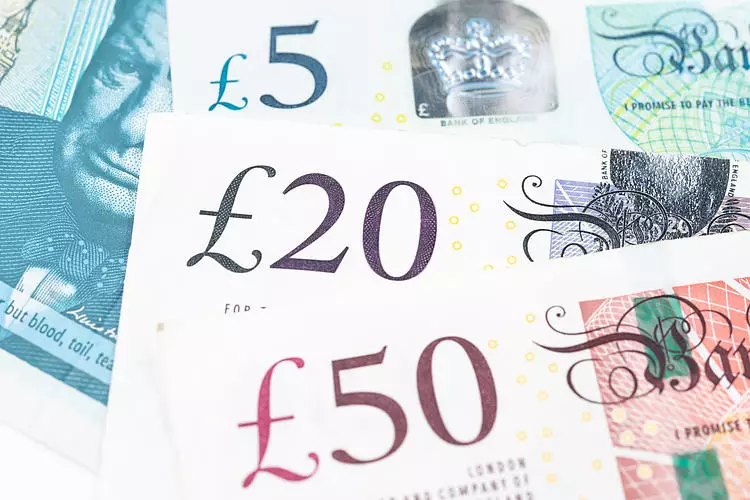The Pound Sterling is navigating a complex landscape as it seeks to consolidate its position after experiencing a small rebound. Following the comments made by Catherine Mann, a prominent member of the Bank of England (BoE) Monetary Policy Committee, the currency is showing signs of resilience amid challenging economic conditions. Despite this recent uptick, the Pound still faces the grim reality of a likely fourth consecutive week of losses against the robust US Dollar. This situation raises critical questions about the currency’s near-term prospects and the underlying factors influencing its movements.
Economic Indicators and Their Implications
The UK’s flash Purchasing Managers Index (PMI) for October provided a glimmer of optimism, indicating that business activity, although expanding, is doing so at a decelerating pace. This mixed economic signal prompts us to analyze the implications for the Pound Sterling. On the one hand, continuous expansion in economic activity can be perceived as a positive sign. On the other hand, the slowdown brings forth concerns about potential overreliance on the services sector, which has not yet shown signs of aligning comfortably with the BoE’s inflation target of 2%. Consequently, these economic indicators generate a complicated narrative for traders and investors, creating a situation where optimism and caution must be delicately balanced.
Catherine Mann’s comments during the recent International Monetary Fund (IMF) meetings play a pivotal role in shaping the current expectations within the financial markets. Her focus on the persistent nature of service sector inflation and the structural issues between wages and price formation suggests that the central bank may not be prepared to reduce interest rates hastily. Mann’s assertion that inflation in the services sector needs to decline further is crucial for understanding the BoE’s monetary policy landscape. The insistence on caution is indicative of a central bank that recognizes the need for sustained efforts to achieve its inflation target while also ensuring that the economy does not suffer as a result of overly aggressive rate cuts.
Interestingly, as the Pound Sterling finds its footing, broader market sentiments may also be influenced by external political factors, notably the potential re-election of Donald Trump as US President. Traders have increasingly begun betting on this scenario, leading to a complex interplay between political tides and currency valuations. The confidence in a political figure such as Trump can significantly sway investor sentiment and expectations surrounding the US Dollar, thereby affecting the performance of the Pound against it. Such challenges compound the already intricate dynamics of currency trading, where economic indicators and external political events converge.
From a technical standpoint, the Pound Sterling’s trajectory against the US Dollar presents a mix of challenges and opportunities. The currency recently approached the psychological threshold of 1.3000, buoyed by renewed buying interest near the lower support level of 1.2900. However, the sentiment remains conflicted: the near-term trend is clouded by uncertainty, particularly as the currency trades below the crucial 50-day Exponential Moving Average, currently at approximately 1.3070. Indicators such as the 14-day Relative Strength Index (RSI) signal persistent bearish momentum, thus cautioning traders against overly aggressive positions. The crucial support level near 1.2845 provided by the 200-day EMA will be vital for any sustained recovery efforts.
The future of the Pound Sterling rests on a host of interwoven factors, including ongoing economic indicators, the stance of influential figures like Catherine Mann from the BoE, and prevailing market sentiments linked to political landscapes. The currency’s recent recovery attempts, although promising, are tempered by a backdrop of cautious optimism and complex dynamics that traders must navigate. As the economic landscape evolves, the stakeholders will need to remain vigilant, ready to recalibrate their strategies in response to unfolding developments both within the UK and beyond.


Leave a Reply